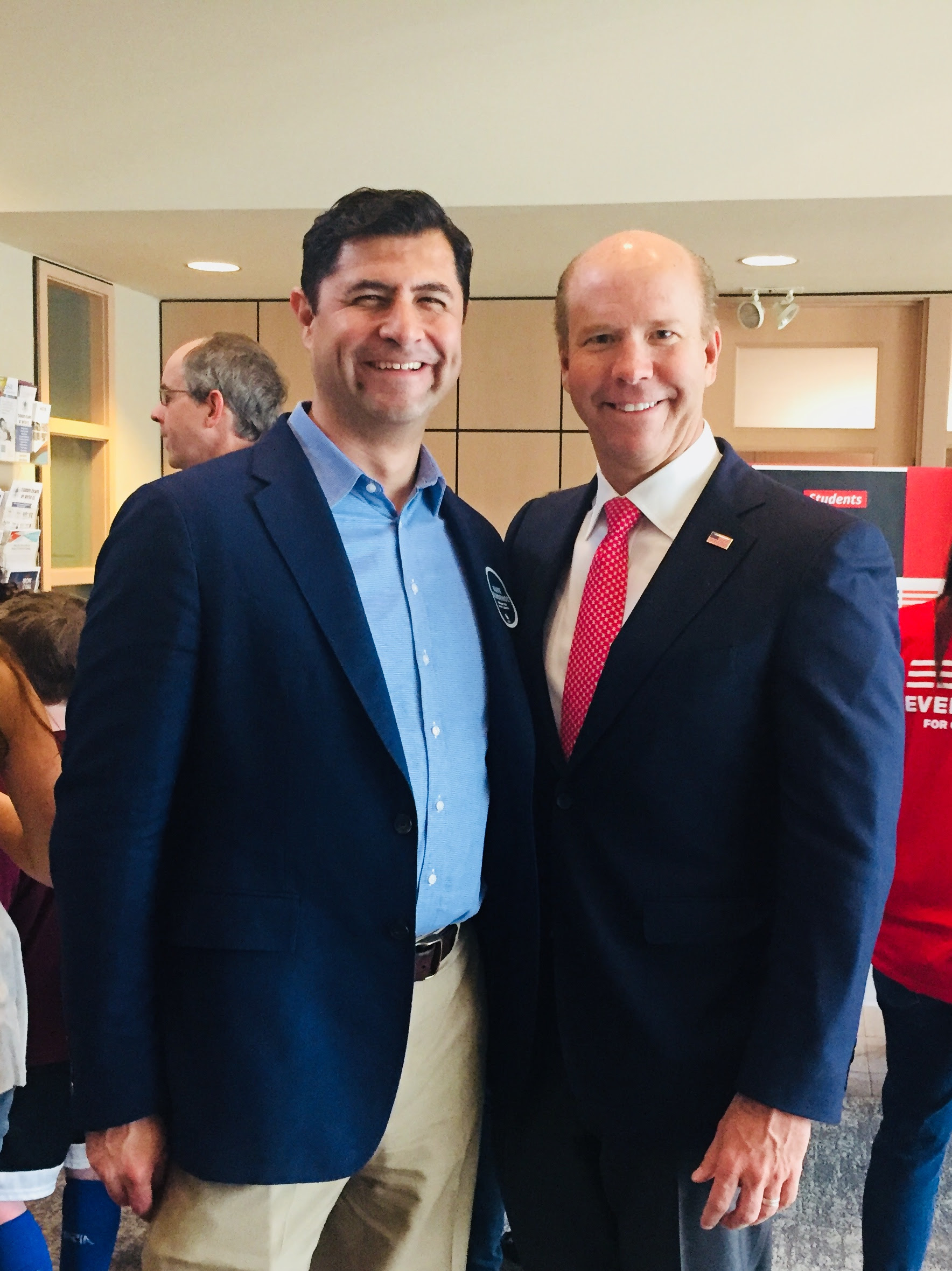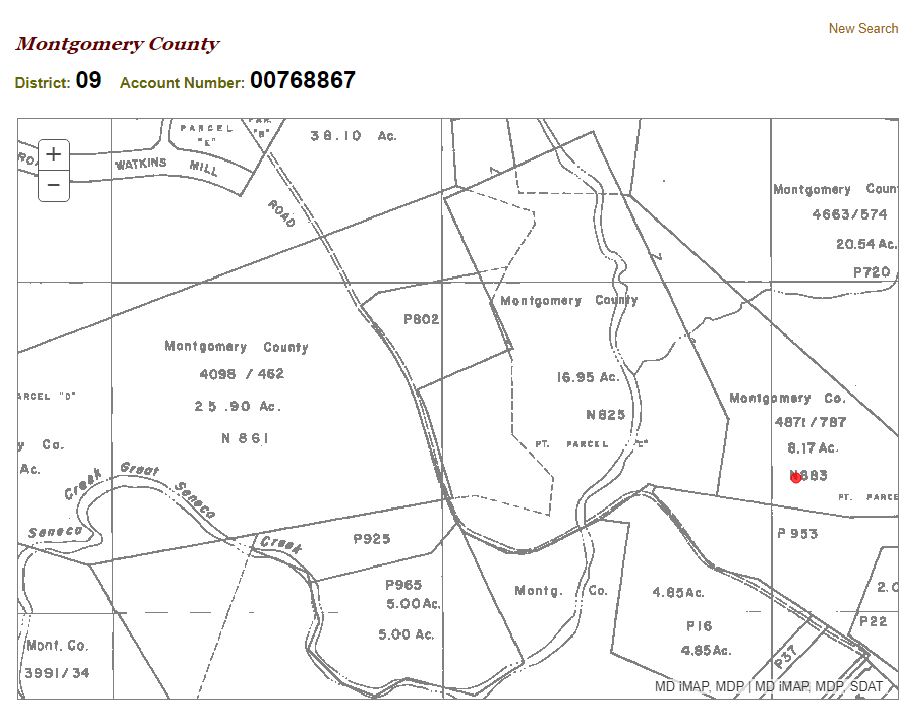Today, I am pleased to present a guest blog by Councilmember Marc Elrich (D-At Large), a candidate for county executive, that responds to a piece posted by Adam yesterday:
First of all, I’ve made my views pretty clear on “socialism.” You would be hard-put to classify me, but I’ve been pretty clear that I think in terms of blending aspects of both major isms – which is pretty much what most European societies, which are largely democratic socialist, believe and what modern American society reflects, at least up to the present, with minimum wages, 40 hour weeks, social security, Medicare, child worker laws and health insurance. My interest is in finding solutions that make sense – I’m not an idealogue. I have spent 12 years on the Montgomery County Council and I have yet to introduce a SINGLE piece of socialist legislation (whatever that is). I don’t think about my job that way.
Most of what I’ve proposed over the years has been passed with 8-1 or 9-0 votes, so this fear of “socialism” is frankly nuts – I don’t have a socialist agenda that I’m trying bring here. Now if socialism means expecting developers to adequately contribute to schools and transportation, I’ll point out that that’s not socialism, it’s simply not wanting to allow developers who substantially benefit from public decisions on zoning, to externalize the costs of providing infrastructure on to the public. I do not believe in zero growth – I believe in responsible growth – and when I work with communities I’m pretty straight-forward about stating that change will come and my goal is to make sure that the people who live here participate in shaping that change. When there’s no viable plan for schools, or transportation, or other promised amenities in a Master or Sector Plan then, yes, I will and do vote against it. Again, hardly socialism.
Second I never equated transit-oriented development with “ethnic cleansing”, I voted for the Purple Line which I wouldn’t have done if I thought that. I never said that TOD equates with “ethnic cleansing” and my BRT approach supports TOD. I made a specific accusation about a specific planning board recommendation about a specific part of the plan that would have displaced thousands of people who would have had little to no chance of remaining in the area, let alone in the County. The only nexus to the PL was that the plan was being done in response to it and, in this case, the Planning Board way over-reached. In a public session review of the plan, I said, “Couldn’t we for once just let the people who live here stay here after we fix a place up?” and no one responded or changed anything. It was only when I dramatized it by calling it “ethnic cleansing”, in an onsite meeting with staff of the Council and PB, did anything get fixed: less than a week later the proposal was withdrawn; it was withdrawn on July 22, 2013 because of the possible implications of the zoning that had been proposed and its impacts on our affordable housing goals. The recommendation to remove was a 3-0 vote on committee, and it happened in a blink of the eye. Never seen so much land rezoned so fast. So in that particular instance, existing affordable housing was preserved because of my comments and involvement. More broadly though, the PL will cause gentrification and almost everyone involved, except for a few who are uncomfortable with confronting anything that might taint their rosy scenario, knows it. The whole point of the Purple Line Compact was to create a multi-party agreement between the State and the Counties to have in place programs that would prevent, or at least minimize, the displacement of small businesses and existing residents. Everyone knew this was coming, and my saying it isn’t some stark new revelation. But we all know that there is no compact because none of the parties would commit do anything to ameliorate what they know is coming down the road. So they changed the word “compact” to “agreement” which is toothless, devoid of funding or requirements to act; it is basically an agreement to worry about what might happen and to hope that someone comes up with a bright idea or two that, preferably, don’t have any costs attached.
Lastly, while I do favor a limited rent stabilization – one that would allow for larger rent increases for repairs or operating costs when they exceed the CPI, and it would not apply to new construction or buildings with existing MPDU’s or otherwise rent limited units – I never had the votes on the council to even discuss it and would expect the same from the next council. I would welcome an honest conversation about it, without any labels attached. I’ve always proposed that the County evaluate different strategies with an eye to what would result in the largest stock of affordable housing 20 or 30 years down the road. And I’d be interested to hear how others would solve the problem of disappearing affordable housing: the recently approved Bethesda master plan would result in fewer affordable units than we have today. And we simply can’t build enough moderately priced dwelling units (MPDUs) to keep up. And we’re not building housing for the thousands who are too poor for MPDUs and spend 50-60% of their income on housing. By contrast, Takoma Park has had decades of rent stabilization, which has provided numerous families with stable housing. It’s not a perfect system but it has been an important tool to preserve affordable units as the area has grown in popularity and housing prices there have skyrocketed. And Takoma Park has increased in desirability and popularity and is proud of its diversity of population.
So while the urban legends are amusing, they’re not who am and they don’t reflect what I do.




